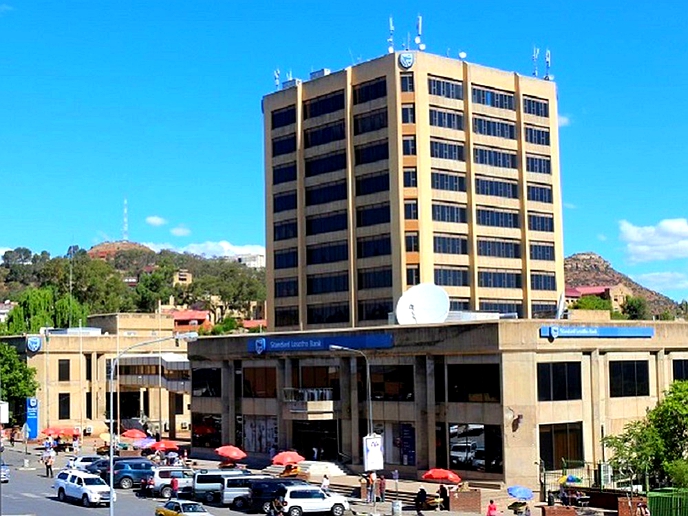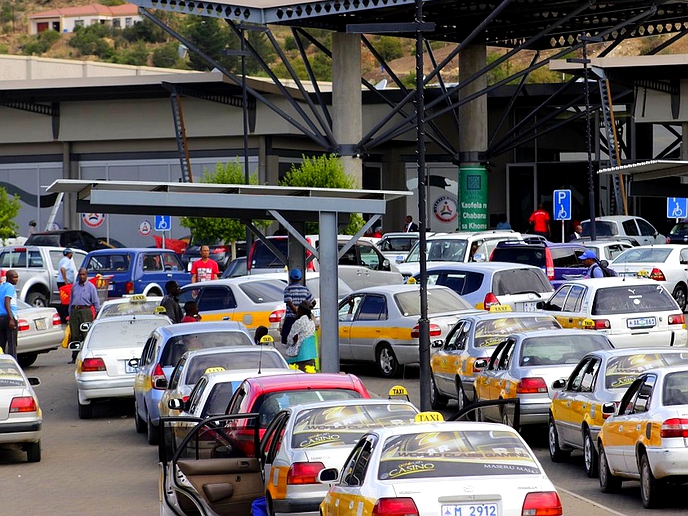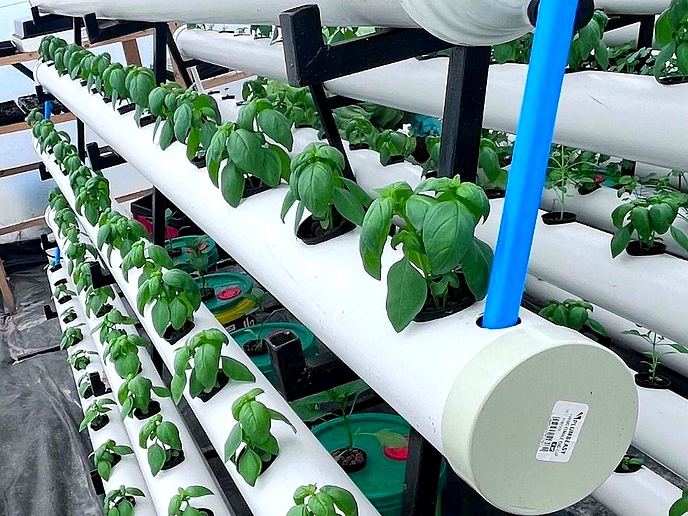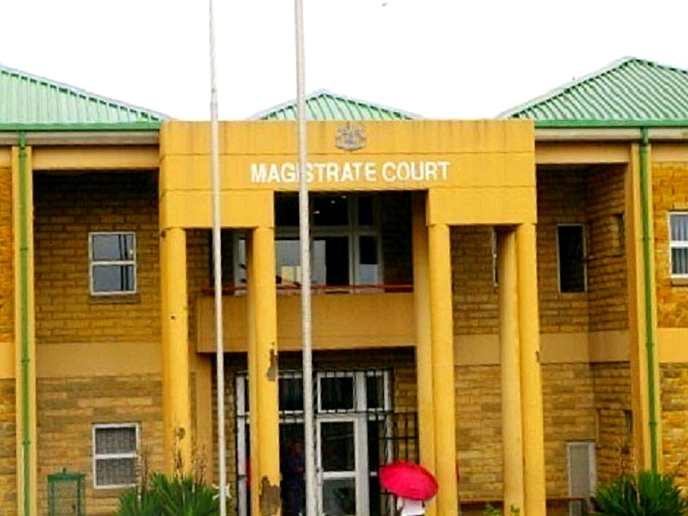CONSTRUCTION of the M9.2 billion Polihali Dam transfer tunnel is set to start, marking the final lap of the water transfer infrastructure construction.
business
Nov. 9, 2022
NEO SENOKO
3 min read
Final lap of multibillion Polihali Tunnel, Dam begins

LHDA CEO, Tente Tente
Story highlights
The commencement of the transfer tunnel further symbolises the start of the Polihali Dam construction, which on its own is valued at M7.68 billion.
The Polihali Transfer Tunnel will transfer water by gravity from the Polihali reservoir to the Katse reservoir, the centerpiece of the Lesotho Highlands Water Project (LHWP).
From the Katse Dam, water is transferred via a delivery tunnel to the ’Muela Hydropower Station constructed in Phase I, and then on to the Ash River outfall outside Clarence in Free State on its way to Gauteng.
The transfer tunnel facility also includes the intake works and gate shaft at the Polihali reservoir, outlet works and gate shaft at the existing Katse reservoir with underwater connection to the lake, access audits to the waterway, and associated construction infrastructure.
The tunnel will be approximately 38 kilometres long with a nominal bore of five metres. Both tunnel boring and drill and blast methods will be used to excavate the tunnel.
Recently the Lesotho Highlands Development Authority (LHDA) revealed these two biggest Phase II contracts to date.
Contractors who are expected to do work on the two projects have also been revealed. Work on these multi-billion Maluti contracts commences in November and December respectively and commissioning is expected in 2028.
“This is an exciting moment for the project and the LHDA. With our experience in successfully delivering large and complex infrastructure projects, we are confident that we will deliver quality engineering showpieces even as we carefully manage impacts on people and the environment,” the Chief Executive Officer of the LHDA, Tente Tente said.,
He added that both joint ventures include Lesotho, South African, and international companies in keeping with Article 10 of the Phase II Agreement.
Similar sentiments were echoed by the LHDA’s Phase II Division Manager Ntsoli Maiketso, indicating that training young professionals and LHDA staff for the purpose of operating and maintaining the dam and tunnel is part of the skills and technology transfer element of the projects.
Construction of the Polihali Transfer Tunnel shall be on the shoulders of the Kopano Ke Matla joint venture which includes Yellow River Company and Sinohydro Bureau 3 which are both from China.
Unik Civil Engineering from South Africa is also part of the project.
Subcontractors in this project include Nthane Brothers of Lesotho, Esor Construction, and Mecsa Construction of South Africa.
Enjoy our daily newsletter from today
Access exclusive newsletters, along with previews of new media releases.
The successful Polihali Dam bidder is the Sun Joint Venture, comprising main partners, Sinohydro Bureau 8 and Sinihydro Bureau 14 both from China. It also includes Civil Engineering and Nthane Brothers from South Africa and Lesotho respectively.
Subcontractors include Melki Civils and Plant Hire as well as MECSA Construction both from South Africa, SIGMA Construction from Lesotho, and Kunming Engineering from China.
Construction will be supervised by the Matla a Metsi Joint Venture comprising GIBB and MPAMOT Africa from South Africa as well as Tractebel Engineering SA/Coyne et Bellier from France and LYMA Consulting Engineers from Lesotho.
The Polihali Dam is a concrete-faced rock-fill dam, like the majestic Mohale Dam which was constructed in Phase I of the LHWP. It will create a reservoir on the Senqu and Khubelu Rivers with a surface area of 5 053 hectares. The infrastructure also includes a spillway, a compensation outlet structure, and a mini-hydropower station.
Tailored for you






